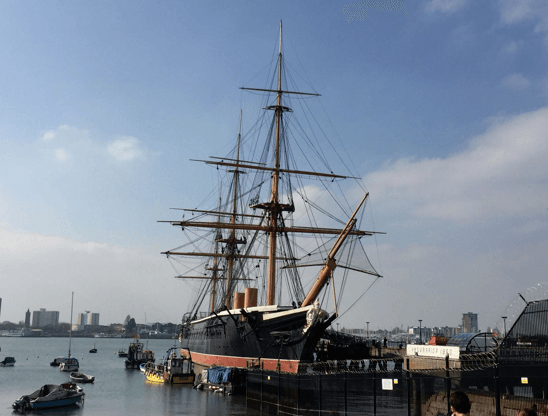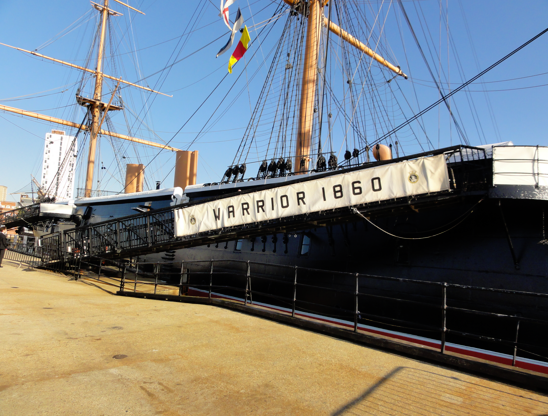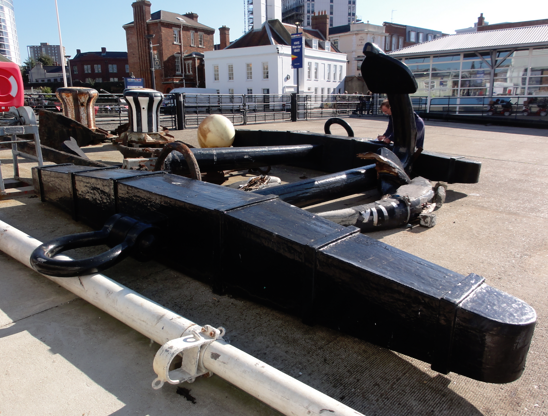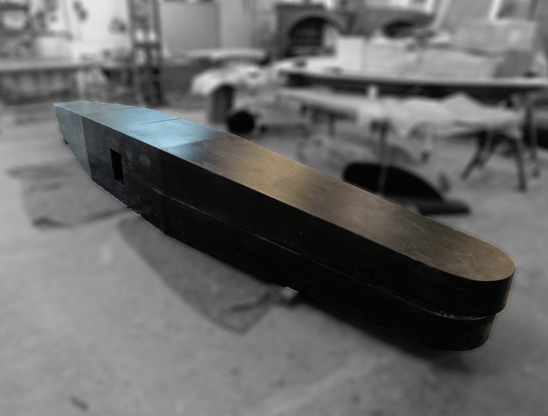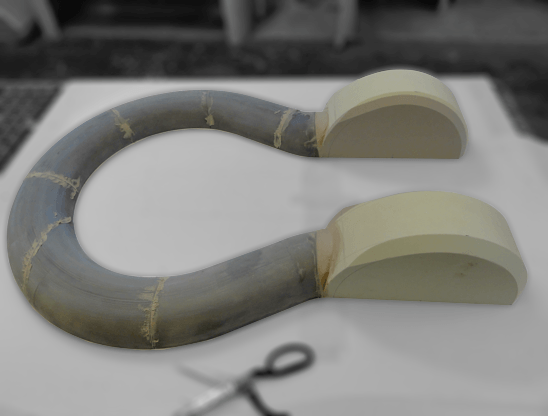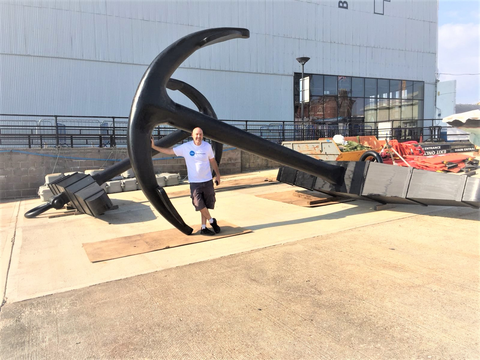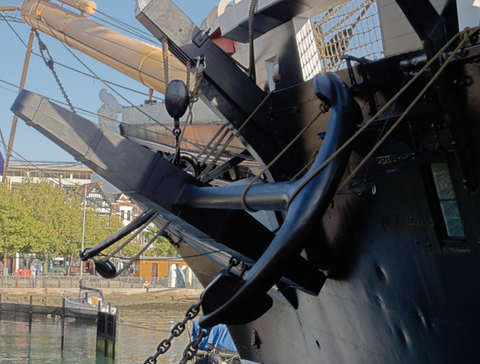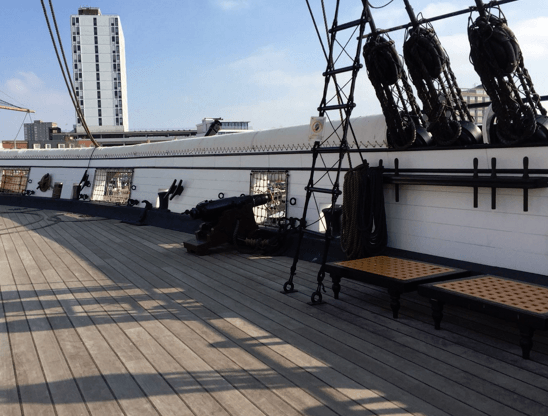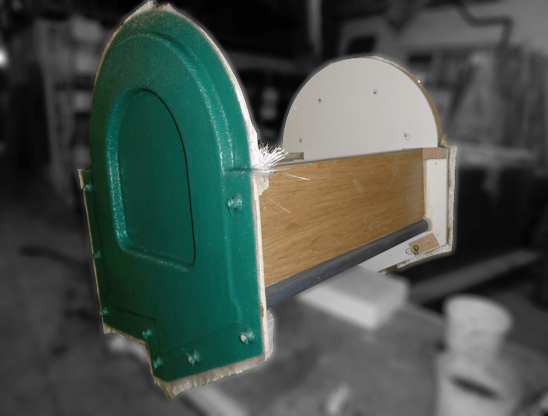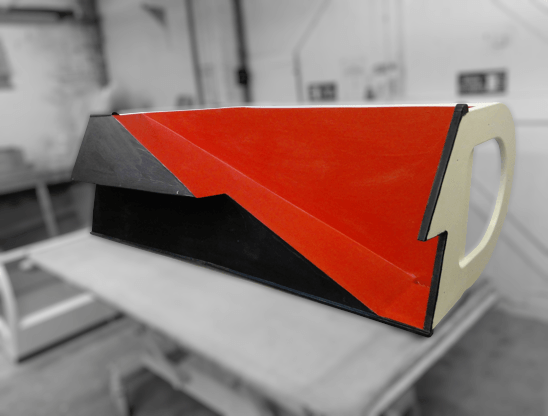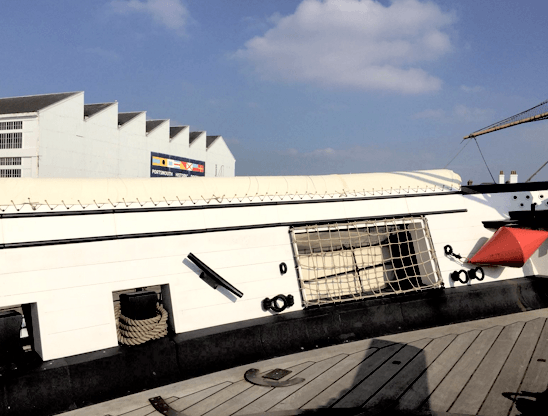HMS Warrior
HMS Warrior
HMS Warrior is one of the world's most significant historic warships, launched in 1860, she was the largest, fastest and most powerful warship of her day “The Pride of Queen Victoria’s Fleet”. After a major renovation at Hartlepool she arrived in Portsmouth in 1987 and now serves as a floating museum and visitor attraction in Portsmouth Dockyard.
Being such an Iconic Royal Navy ship, we felt very fortunate to be given the opportunity to assist in the HMS Warrior conservation work, which will ensure that future generations will benefit from her legacy.
The project spanned a period of two years, included producing two Anchors entirely constructed from GRP and GRP Hammock Stowage’s for the ship.
The two Anchors now hang on the bow of HMS Warrior, the port Anchor, shown here known as the small bower and on the starboard side known as the best bower. HMS Warrior had originally nine anchors, these two were originally made from forged iron and weighing in at 5.6 tons which is considerably heavier than the new lighter weight GRP replacements.
From the Hammock Stowage drawings we produced timber patterns with a woodgrain finish, which enabled us to produce a multi piece mould with the aid of our GRP Mould Clamps. Using the Mould Clamps enabled us to precisely locate our mould sections, giving perfect alignment and ease of the multi piece mould assembly.
All Rights Reserved | Henleycraft Ltd
© 2024

